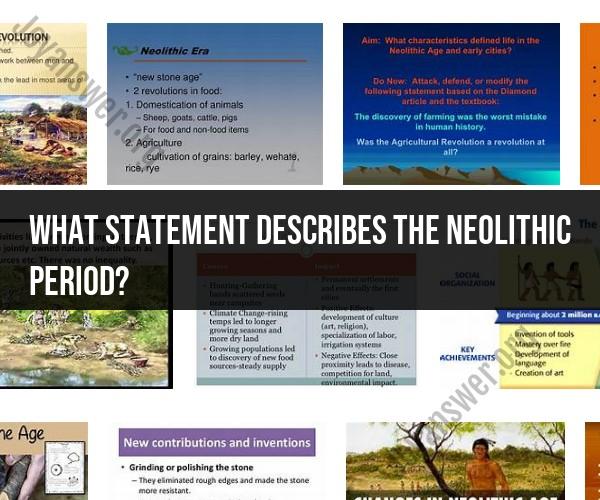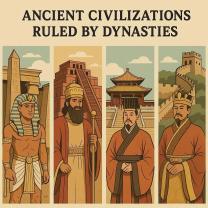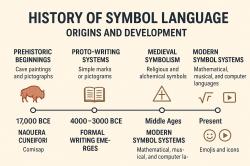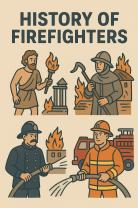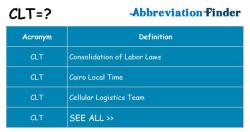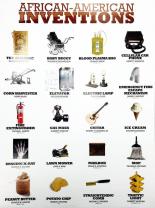What statement describes the Neolithic period?
The Neolithic period, often referred to as the New Stone Age, was a transformative era in human history characterized by significant changes in lifestyle, technology, and social organization. It followed the Paleolithic period and is typically dated from around 10,000 BCE to 2,000 BCE. Here are some key aspects that unveil the essence of the Neolithic period:
Agricultural Revolution: One of the most defining features of the Neolithic period was the shift from a nomadic, hunting-and-gathering lifestyle to settled agriculture. Humans began cultivating crops like wheat, barley, and legumes and domesticating animals like cattle, sheep, and goats. This transition to agriculture led to the development of permanent settlements.
Domestication: The practice of domesticating plants and animals was central to the Neolithic way of life. This allowed humans to have a stable food supply and led to the development of surplus food, which in turn supported larger populations.
Settled Communities: As people engaged in farming and animal husbandry, they established permanent settlements. These settlements evolved into villages and towns, leading to a shift from mobile lifestyles to more sedentary ones.
Technological Advancements: The Neolithic period saw significant advancements in technology. Humans began using more sophisticated tools, such as polished stone implements, pottery, and weaving tools. This enabled them to improve their daily activities and craft more complex items.
Social Changes: The transition to agriculture and settled life brought about changes in social organization. Communities became more organized, with emerging leadership roles and social hierarchies. The accumulation of surplus resources also contributed to greater wealth disparities.
Cultural Expression: Neolithic societies expressed their beliefs and culture through art, symbolism, and rituals. This is evident in the creation of pottery with intricate designs, sculptures, and megalithic structures like Stonehenge, which likely had ceremonial and religious significance.
Trade and Interaction: The growth of settled communities led to increased interaction and trade between different groups. This facilitated the exchange of goods, technologies, and ideas, contributing to the development of more complex societies.
Megalithic Constructions: The Neolithic period witnessed the construction of megalithic structures, such as stone circles, dolmens, and burial mounds. These monumental constructions suggest advanced architectural and engineering skills, as well as cultural and religious significance.
Health and Lifestyle Changes: The shift to agriculture brought both benefits and challenges. While it provided a more stable food supply, it also introduced new health risks due to changes in diet and increased exposure to certain diseases associated with living in close proximity to animals.
Transition to the Bronze Age: The Neolithic period laid the groundwork for the subsequent Bronze Age, during which metal tools and weapons became more prevalent, leading to further advancements in technology and societal complexity.
Overall, the Neolithic period marked a significant shift in human history from nomadic lifestyles to settled communities based on agriculture and domestication. This transition had profound implications for human society, culture, and technology, setting the stage for further developments in the course of human civilization.
